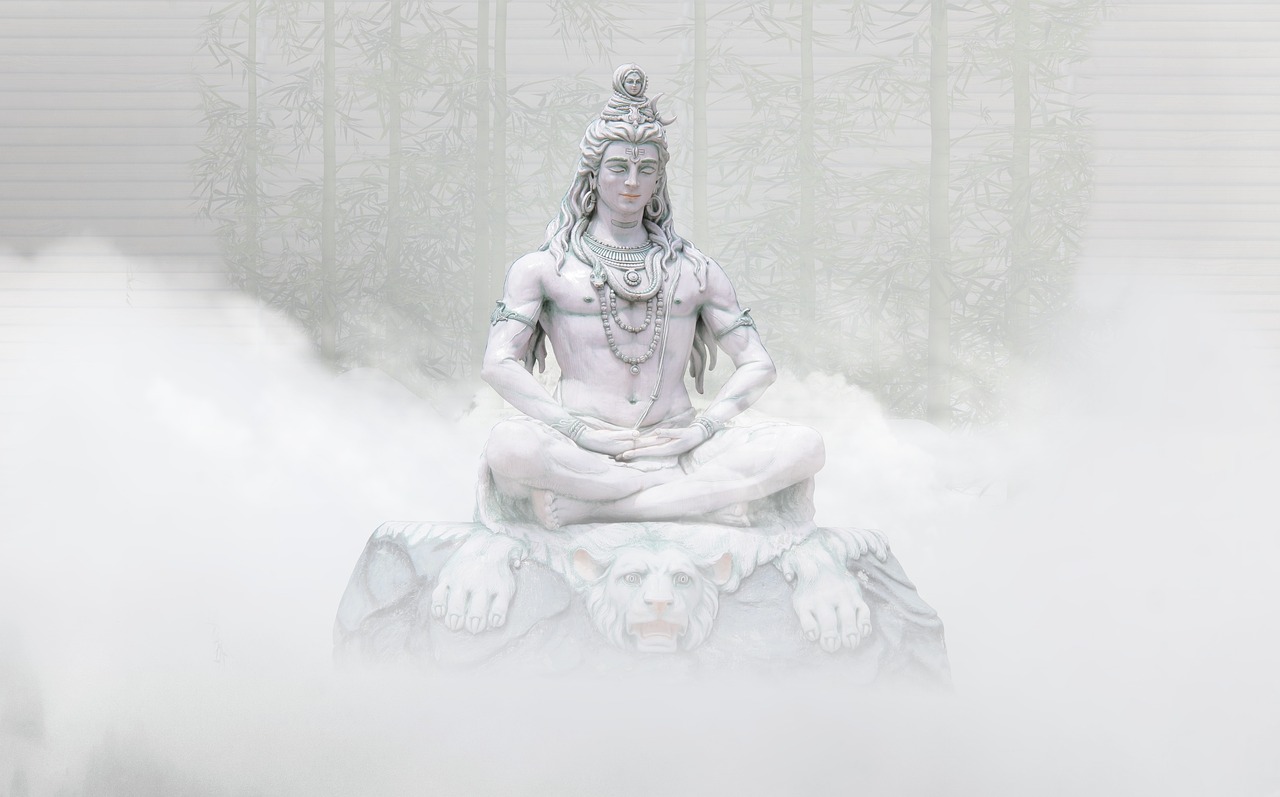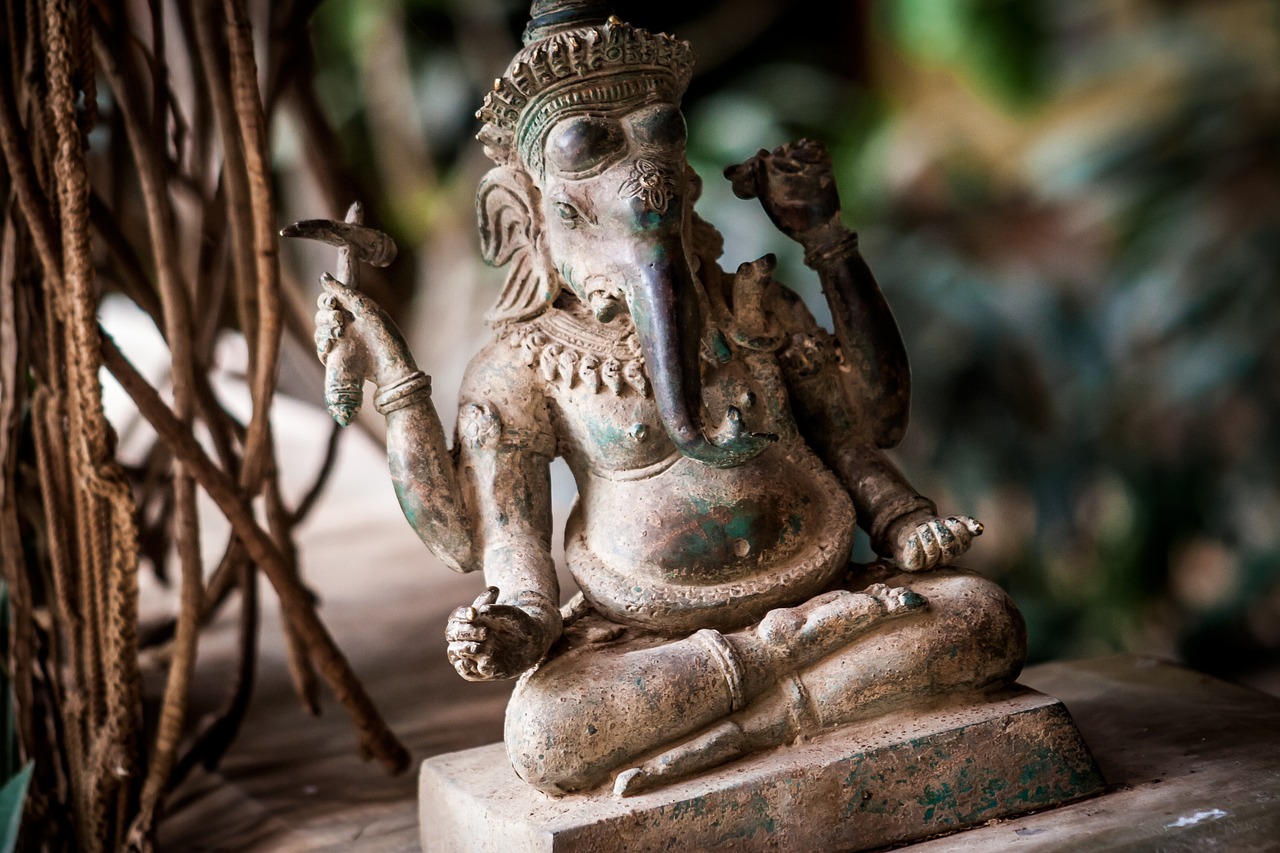Let’s embark on a journey to discover the enchanting tale of Goddess Parvati. With her divine grace and captivating presence, she holds a prominent place in Hindu mythology and is revered as the goddess of love, fertility, and devotion. From her birth to her celestial union with Lord Shiva, her story is filled with passion, determination, and unwavering devotion. Join us as we delve into the fascinating story of Goddess Parvati, exploring the various facets that make her an emblem of strength and femininity.
Table of Contents
Introduction to Goddess Parvati
Goddess Parvati is one of the most revered and celebrated deities in Hinduism. She is known as the goddess of love, fertility, and devotion. It is believed that she is the divine consort of Lord Shiva, the destroyer and transformer of the universe. Parvati is considered the embodiment of strength, beauty, and grace. Her story is captivating and filled with mythical origins, epic love, and divine power.
Meaning and Significance of Parvati
The name “Parvati” holds deep meaning and significance. It is derived from the Sanskrit word “parvat,” which means mountain. Parvati is often associated with mountains, symbolizing her firm and unyielding nature. She is also referred to as “Gauri,” which means fair, denoting her enchanting beauty. As the goddess of love, Parvati represents the eternal union of masculine and feminine energies, highlighting the importance of balance and harmony.

Depictions in Hindu Scriptures
Parvati’s presence can be found in a multitude of Hindu scriptures, including the ancient epics like the Mahabharata and the Ramayana. These scriptures describe her as a fierce warrior, capable of annihilating formidable demons and protecting the universe. The Puranas, which are ancient Hindu texts, delve deeper into her various forms and manifestations. Parvati’s character is showcased as compassionate, nurturing, and courageous, inspiring devotion and reverence among her followers.
Mythological Origins
According to mythology, Parvati’s birth was not a typical one. She was created through divine intervention and played a pivotal role in the cosmos. It is believed that Parvati was born to King Himavan, the personification of the majestic Himalayas, and his wife Queen Mena. As a child, Parvati was known as Gauri and displayed exceptional strength and beauty. Her childhood was filled with miracles, where she impressed sages and celestial beings with her divine prowess.
Parvati’s journey took a significant turn when she embarked on tapasya, a period of intense austerity and self-transformation. Aiming to win the heart of Lord Shiva, Parvati immersed herself in deep meditation and rigorous penance. Her unwavering determination and devotion captured Shiva’s attention, and he eventually accepted her as his consort, leading to their cosmic union.

Marriage to Lord Shiva
Parvati’s marriage to Lord Shiva is a legendary tale of love and transcendence. After years of tapasya, Parvati caught the attention of Lord Shiva himself. However, Shiva was known for his ascetic lifestyle and detachment from worldly affairs. He initially rejected Parvati’s proposal, testing her devotion and resolve. Undeterred, Parvati continued her penance, ultimately melting Shiva’s heart with her unwavering love and dedication.
Their marriage signifies the union of two powerful forces, the masculine and feminine energies in the universe. Shiva embodies the untamed and destructive power, while Parvati represents the nurturing and creative aspect. Together, their cosmic union brings balance and harmony to the world.
Personality and Attributes
Parvati is often depicted as a motherly figure, embodying maternal instincts and qualities. She is loving, compassionate, and protective, showering her devotees with her boundless affection. Parvati is also associated with power and shakti manifestation. She is often depicted with multiple arms, symbolizing her ability to accomplish numerous tasks simultaneously. Her association with nature and animals showcases her deep connection with the natural world and her role as the nurturing mother of all beings.

Worship and Devotion
Devotion to Goddess Parvati is deeply rooted in Hindu culture and is evident through various festivals and celebrations. One of the most significant festivals dedicated to Parvati is Navratri, a nine-night celebration honoring the divine feminine energy. During Navratri, devotees worship Parvati in her various forms, seeking her blessings for prosperity, fertility, and protection.
Temples dedicated to Parvati can be found throughout India, with some of the most renowned ones being the Kamakhya Temple in Assam and the Meenakshi Temple in Madurai. These temples serve as sacred spaces where devotees can connect with the divine energy of Parvati and offer their prayers and offerings.
Rituals and prayers associated with Parvati involve the chanting of mantras, performing aartis (devotional songs), and offering flowers, fruits, and sweets. Devotees seek Parvati’s blessings for a harmonious family life, marital bliss, and overall well-being.
Other Names and Forms of Parvati
Goddess Parvati is known by various names and forms across different regions and cultures in India. In the eastern state of West Bengal, she is worshiped as “Ma Durga” during the festive period of Durga Puja. In the southern state of Tamil Nadu, she is revered as “Meenakshi,” the queen of Madurai. These regional variations highlight the diversity and richness of Parvati’s character and her widespread influence.
Parvati is believed to have multiple manifestations or avatars, each representing a specific aspect of her divine nature. Some of her well-known avatars include Kali, the fierce goddess of power, and Kamakshi, the benevolent goddess of love and desire. These different forms further deepen the devotees’ understanding and connection with Parvati, allowing for a more personalized approach to worship and devotion.
Conclusion
Goddess Parvati’s story is one of strength, love, and devotion. Her mythical origins, celestial marriage to Lord Shiva, and multifaceted personality make her a captivating and revered figure in Hindu mythology. Devotees worship her to seek blessings for various aspects of life, from familial harmony to spiritual enlightenment. Through rituals, prayers, and celebrations, the divine presence of Parvati continues to inspire and nurture countless souls, reminding them of the transformative power of love and devotion.